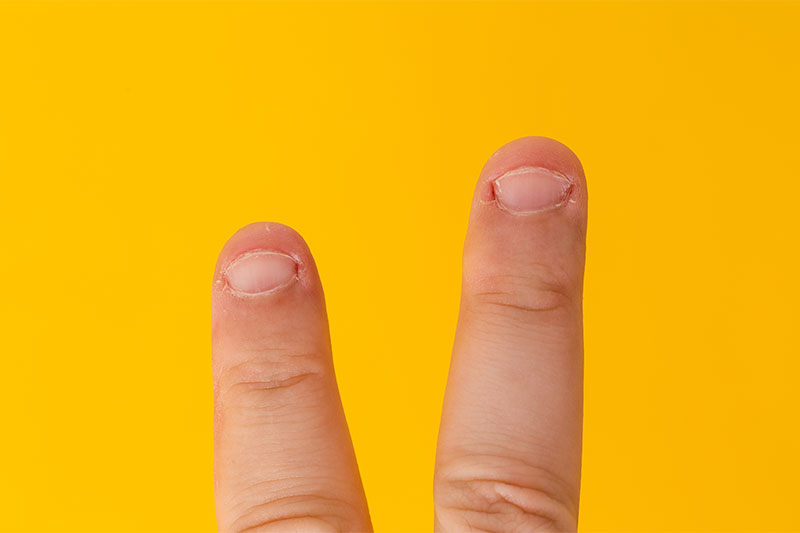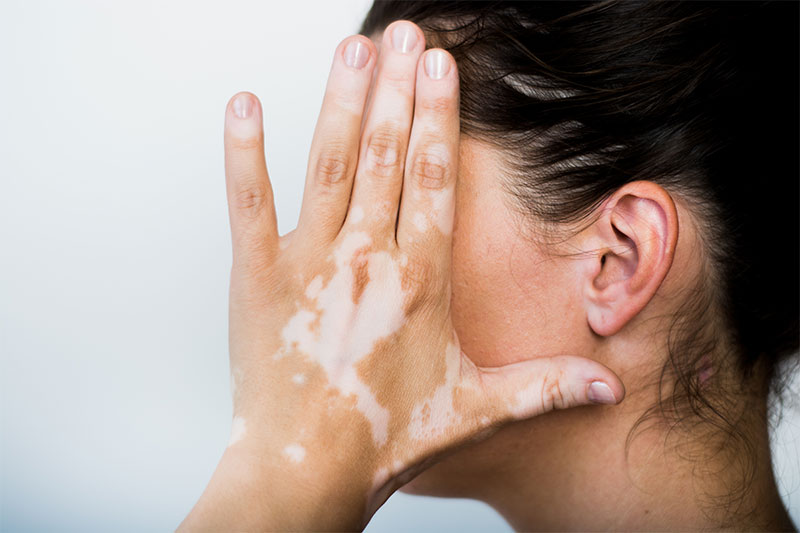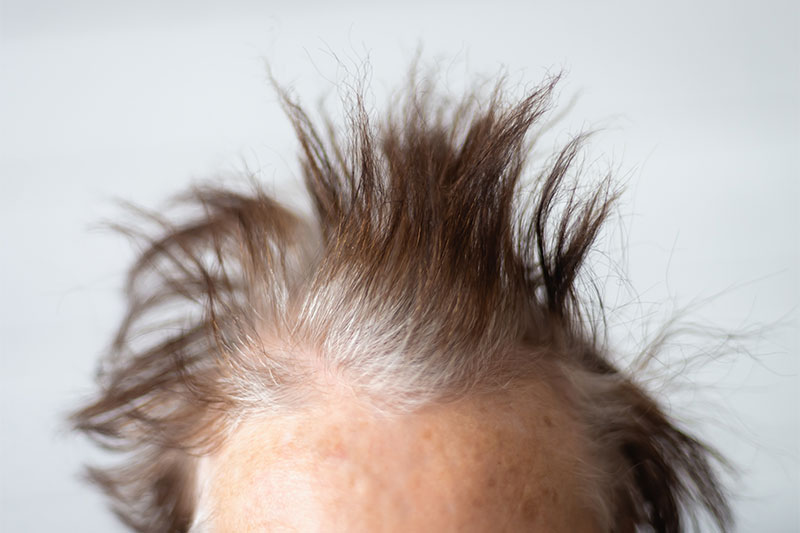A lot of people shares this big, blue marble floating through space. According to the Population Reference Bureau, the world’s population is around eight billion. According to the organization, about 117 billion Homo sapiens have been born throughout our existence. This raises an essential question: Why are we so special? Is there anyone else like us out there?
Some say yes, pointing to instances where they have encountered their faces. Of course, there is a 1 in 135 chance that every individual will have a look-alike out there somewhere, but things get a little weird when measurements are a little less mathematical than in the study that came up with that number. Nevertheless, researchers have found it relatively easy to find suitable matches based on face perception, according to Winrich Freiwald.
What if someone hits the genetic lottery and scores a super-rare physical feature? These are more common than you might expect, and it’s strange. A small percentage of people share some of these rare features, but others are unique.
Heart On The Right Side
When asked to swear an oath with a hand over the heart, the right hand should be placed over the left side. 99% of people are okay with that – that’s how their hearts point. However, a technicality allows the other one percent of people to keep their word. Healthline reports that dextrocardia occurs early in pregnancy and during the baby’s development, and no one knows what causes it.
No Nails On Fingers And Toes

Many of us take our fingernails and toenails for granted, but a rare condition can strip a person of some or all of either set of nails. According to MedlinePlus, it needs to be clarified just how common anonychia congenita is; it is uncommon. It’s “sporadic” when the lack of nails occurs alone without other abnormalities, according to a study published in the Indian Dermatology Online Journal.
White Streak Of Hair At The Front

According to the Indian Dermatology Online Journal, piebaldism is “a rare autosomal dominant disorder of melanocyte development.” So what does that mean?
Melanin gives skin and hair their color, so when a person has patches of melanin-lacking skin and hair, they seem gray. Lack of melanin causes these patches of skin or hair to appear lighter than other areas, often white patches.
In about 90% of cases of piebaldism, the front of the hair is white, according to MedlinePlus at the National Library of Medicine. Also commonly seen are white eyebrows and eyelashes, as well as unpigmented patches of skin.
Hair That You Cannot Comb

According to The Independent, a Georgia woman named Katelyn Samples shared pictures of her son on social media in 2022. He was diagnosed with uncombable hair syndrome in July 2021 by a stranger who urged her to take action.
It’s spun glass hair. Occurrences between 3 months and 12 years, it causes frizzy and dry hair that can’t be combed flat and grows out from the scalp in all directions. It’s caused by a mutation in the genes that control hair growth. People with uncombable hair have strands of hair that are triangular, heart-shaped, or even flat.
The condition, which sometimes becomes less noticeable with age, is rare in individuals like Locklan, Samples’ son.
Rarest Blood Types
Blood groups are divided into 36 categories and have eight “main blood types.” The latter include the familiar-sounding O, A, B, and AB (positives and negatives). One of the rarest blood types in this group is AB negative, which is prevalent compared to other types.
Only Sue Olds from Cornwall has the -D- blood type out of 830,860 donors. The NHS claims the -D- is extremely valuable because it can be given to many people without side effects. There is also one person with KL- and one with Hy-. In addition, there’s what MedicineNet calls the “golden blood type.” It’s more scientifically called the Rh null blood group, and with fewer than 50 people worldwide having it – and only nine of them regularly donating it – it’s the rare blood group.
Red blood cells without Rh proteins make them universal donors, making them a blood type difference. However, Rh-null people can only receive blood transfusions from other Rh-null people; given how rare they are, this is a hazardous physical characteristic.
Hutchinson-Gilford Progeria Syndrome
Hutchinson-Gilford Progeria Syndrome (HGPS), also called Progeria, is a rare, fatal genetic condition characterized by an appearance of accelerated aging in children. It is estimated to affect 1 in 4-8 million births.
Children with HGPS typically display a distinctive appearance, including baldness, a pinched nose, and a thin face and limbs. Other common symptoms include:
- Severe growth retardation.
- Failure to gain weight.
- Joint stiffness.
- Premature hardening of the skin.
Cognitively, most children with HGPS appear to be normal.
The cause of HGPS is a single point mutation in the LMNA gene, which is responsible for producing lamin A protein. This mutation increases the production of a farnesylated and mutated prelamin A protein called progerin, which causes the characteristic signs of HGPS.
Currently, there is no cure for HGPS, but early diagnosis may help slow the progression rate.


